New South Wales Labor leader Luke Foley does not deserve to be publicly executed for speaking truthfully. The criticism against him from those living primarily living in the inner city is further evidence of how distant Greens voters are from suburban concerns.
Foley is wrong in a key respect, however – the Anglo families he refers to are moving for cultural and not economic reasons.
The term white flight was first used in 1950s America to describe European derived groups moving away from racially mixed inner city areas. It now describes trends varying from growing ethnic segregation in our schools to the post-colonial migration of whites from crime-ridden African countries.
There has been a proportional increase of ethnic groups in outer suburbia which is matched by a stream of young families, overwhelmingly white and blue collar, who are fleeing the expense and frenetic pressures of big city life.
Fast growing areas like Picton outside Sydney and the Yarra Valley on the edge of Melbourne are popular.
Cities like London, Paris and New York had long shifted to a demographic distribution where the inner ring close to the financial district was a magnet for knowledge workers and plutocrats.
Paris is home to almost forty percent of all immigrants to France. Its outer rim is known for banlieues, a pejorative term referring to slums inhabited by North African Muslims. Sydney has a third of all overseas-born immigrants living in Australia.
Our policy focus on skilled migrants means we have no equivalent of the banlieues, although my work in south-western Sydney consists of ethnic enclaves with high levels of welfare dependency and crime.
The current white flight challenges a big idea of the post Brexit-Trump analysis of the white working class, encapsulated by writers like Joan Williams in America and David Goodhart in Britain.
A key message of Goodhart’s celebrated book “The Road to Somewhere” is that instead of Left and Right, the emerging political fault line is between the well-heeled internationalists, dubbed Anywheres, and others strongly rooted to place, the Somewheres. Most of us lie in between.
Goodhart describes the internationalists as those with “achieved identities, based on educational and career success which makes them comfortable with new places and people.”
The Somewheres tend to be older and less educated. They are the housewives, blue-collar workers and the farmers for whom modern upheavals are more distressing. Goodhart writes that “They have lost economically with the decline of well-paid jobs for people without qualifications and culturally, too, with the disappearance of a distinct working-class culture and the marginalisation of their views.”
Professor Joan Williams is the author of “Class Cluelessness in America”. When asked by the Harvard Business Review why many unskilled workers don’t move to take new jobs, Williams reiterated that they do not have the geographic or social mobility which energises the American dream. They are unfashionably proud of their rootedness.
But growing white flight seems to challenge this view, at least in Australia.
The same groups most rooted to place are more likely to move from where generations of their families have previously lived; at a time when communities forged through work, shared interests or technology dilute our geographically based identity.
At first glance, it offers hope, at least for economists and policymakers.
A challenge affecting industrialised economies is that it is unrealistic to expect people of all kinds to uproot in order to take jobs in emerging sectors, especially as industries such as manufacturing decline. But if they are willing to move, perhaps yesterday’s blue collar worker may be tomorrow’s pink collar employee in the caring sector.
But the reality is less promising. The move is less about work and more about recreating a sense of place.
“They are trying to give their kids the life they grew up with,” says Minister for Cities, Angus Taylor, whose electorate in Goulburn includes white flight suburbs like Picton, told me earlier this year.
Taylor asks his new constituents where they are moving from. He also examines electoral roll addresses. Taylor found ethnically dominated suburbs like Punchbowl, Bankstown and Cabramatta in Sydney’s south-west are among the most common. “Working class life has definitely diminished. Local jobs are fewer, commutes are longer and there is growing resentment. They are also moving to places they experience as more culturally sympathetic.”
His observations seem to mirror Luke Foley’s very closely.
The anger and nostalgia is the fuel that takes them further south on the freeway as they haul their lives and hopes in search for a community and a lost sense of belonging. Men, in particular, are more likely to move hundreds of kilometres in search of an idealised cultural identity and sense of masculinity than change sectors in the same suburb.
Foley has observed and spoken about an important demographic trend, one that highlights some of the key cultural clashes of our time.
Got something to add? Join the discussion and comment below.
Got something to add? Join the discussion and comment below.
Get 10 issues for just $10
Subscribe to The Spectator Australia today for the next 10 magazine issues, plus full online access, for just $10.

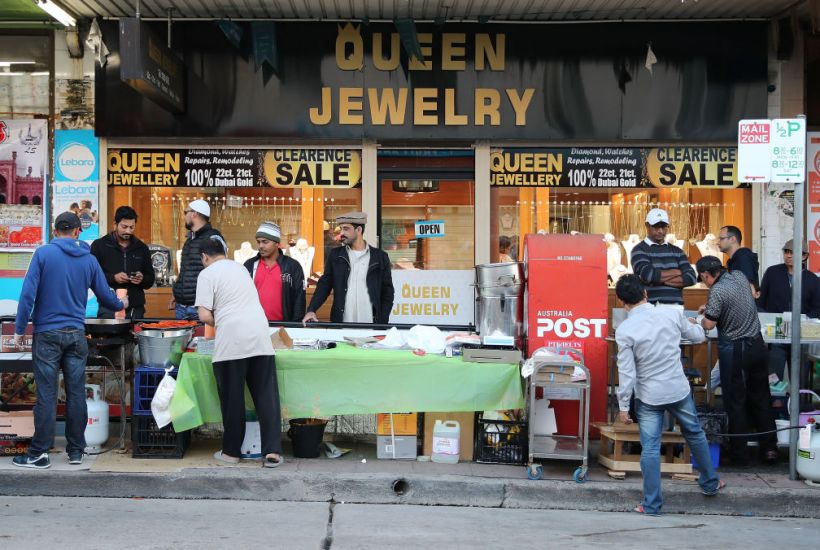
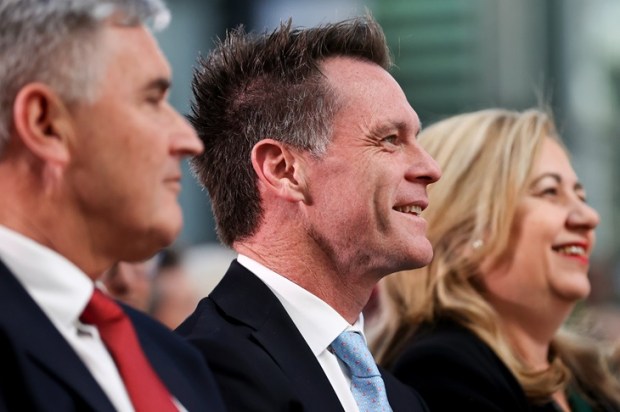
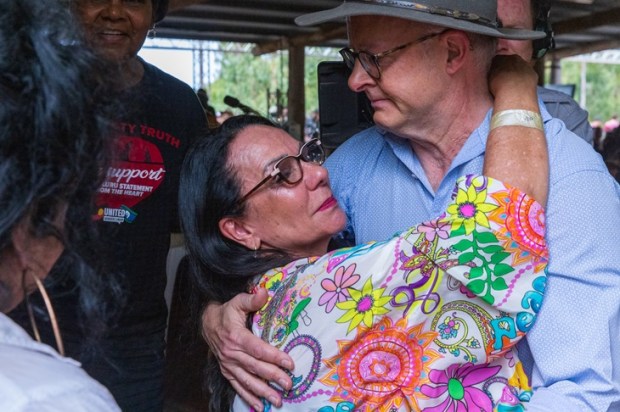

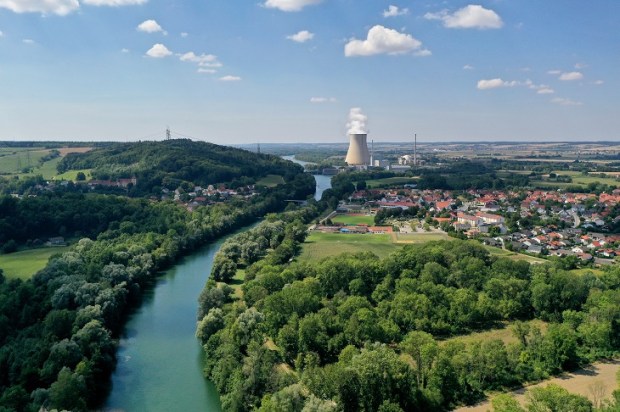

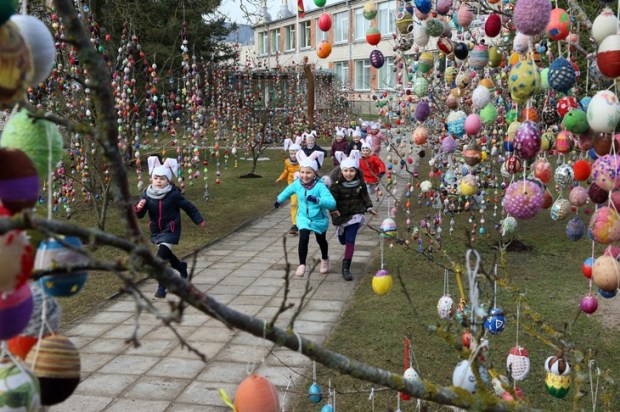


















Comments
Don't miss out
Join the conversation with other Spectator Australia readers. Subscribe to leave a comment.
SUBSCRIBEAlready a subscriber? Log in